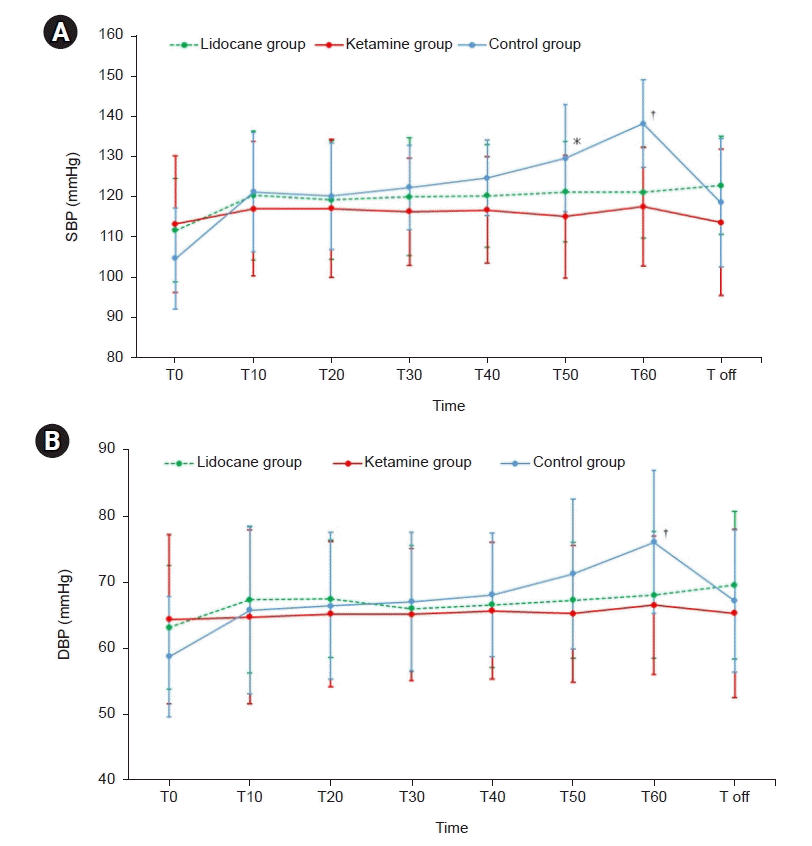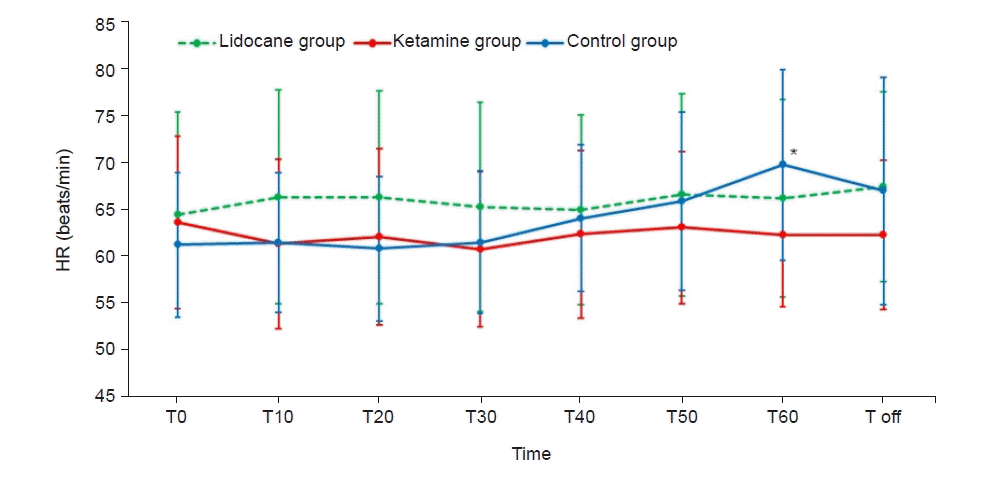1. Kumar K, Railton C, Tawfic Q. Tourniquet application during anesthesia: "what we need to know?". J Anaesthesiol Clin Pharmacol. 2016; 32:424–30.
2. Kam PC, Kavanagh R, Yoong FF. The arterial tourniquet: pathophysiological consequences and anaesthetic implications. Anaesthesia. 2001; 56:534–45.
3. Kaufman RD, Walts LF. Tourniquet-induced hypertension. Br J Anaesth. 1982; 54:333–6.
4. Valli H, Rosenberg PH, Kyttä J, Nurminen M. Arterial hypertension associated with the use of a tourniquet with either general or regional anaesthesia. Acta Anaesthesiol Scand. 1987; 31:279–83.
5. Girardis M, Milesi S, Donato S, Raffaelli M, Spasiano A, Antonutto G, et al. The hemodynamic and metabolic effects of tourniquet application during knee surgery. Anesth Analg. 2000; 91:727–31.
6. Chabel C, Russell LC, Lee R. Tourniquet-induced limb ischemia: a neurophysiologic animal model. Anesthesiology. 1990; 72:1038–44.
7. MacIver MB, Tanelian DL. Activation of C fibers by metabolic perturbations associated with tourniquet ischemia. Anesthesiology. 1992; 76:617–23.
8. Woolf CJ, Thompson SWN. The induction and maintenance of central sensitization is dependent on N-methyl-D-aspartic acid receptor activation; implications for the treatment of post-injury pain hypersensitivity states. Pain. 1991; 44:293–9.
9. Tetzlaff JE, O'Hara J Jr, Yoon HJ, Schubert A. Tourniquet-induced hypertension correlates with autonomic nervous system changes detected by power spectral heart rate analysis. J Clin Anesth. 1997; 9:138–42.
10. El-Sayed W, Hasanein R. Intraoperative lidocaine infusion attenuates tourniquet induced hypertension in patients undergoing anterior cruciate ligament reconstruction under general anesthesia. Egypt J Anaesth. 2016; 32:345–50.
11. Zaidi R, Ahmed A. Comparison of ketorolac and low-dose ketamine in preventing tourniquet-induced increase in arterial pressure. Indian J Anaesth. 2015; 59:428–32.
12. Shinoda T, Murakami W, Takamichi Y, Iizuka H, Tanaka M, Kuwasako Y. Effect of remifentanil infusion rate on stress response in orthopedic surgery using a tourniquet application. BMC Anesthesiol. 2013; 13:14.
13. Li YH, Wang YQ, Zhang YJ, Zheng DY, Hu L, Tian ML. Influence of Dexmedetomidine on the tourniquet related responses in hypertension patients receiving unilateral knee arthroplasty under general anesthesia. J Arthroplasty. 2015; 30:1359–63.
14. Satsumae T, Yamaguchi H, Sakaguchi M, Yasunaga T, Yamashita S, Yamamoto S, et al. Preoperative small-dose ketamine prevented tourniquet-induced arterial pressure increase in orthopedic patients under general anesthesia. Anesth Analg. 2001; 92:1286–9.
15. Park JW, Jung YH, Baek CW, Kang H, Cha SM. Effects of low dose ketamine on tourniquet-induced haemodynamic responses during general anaesthesia. J Int Med Res. 2007; 35:600–8.
16. Hermanns H, Hollmann MW, Stevens MF, Lirk P, Brandenburger T, Piegeler T, et al. Molecular mechanisms of action of systemic lidocaine in acute and chronic pain: a narrative review. Br J Anaesth. 2019; 123:335–49.
17. Gholipour Baradari A, Firouzian A, Hasanzadeh Kiabi F, Emami Zeydi A, Khademloo M, Nazari Z, et al. Bolus administration of intravenous lidocaine reduces pain after an elective caesarean section: findings from a randomised, double-blind, placebo-controlled trial. J Obstet Gynaecol. 2017; 37:566–70.
18. Koppert W, Weigand M, Neumann F, Sittl R, Schuettler J, Schmelz M, et al. Perioperative intravenous lidocaine has preventive effects on postoperative pain and morphine consumption after major abdominal surgery. Anesth Analg. 2004; 98:1050–5.
19. Takada M, Fukusaki M, Terao Y, Kanaide M, Yamashita K, Matsumoto S, et al. Preadministration of low-dose ketamine reduces tourniquet pain in healthy volunteers. J Anesth. 2005; 19:180–2.
20. Yardeni IZ, Beilin B, Mayburd E, Levinson Y, Bessler H. The effect of perioperative intravenous lidocaine on postoperative pain and immune function. Anesth Analg. 2009; 109:1464–9.
21. Fiorelli A, Mazzella A, Passavanti B, Sansone P, Chiodini P, Iannotti M, et al. Is pre-emptive administration of ketamine a significant adjunction to intravenous morphine analgesia for controlling postoperative pain? A randomized, double-blind, placebo-controlled clinical trial. Interact Cardiovasc Thorac Surg. 2015; 21:284–90.
22. Yang L, Zhang J, Zhang Z, Zhang C, Zhao D, Li J. Preemptive analgesia effects of ketamine in patients undergoing surgery. A meta-analysis. Acta Cir Bras. 2014; 29:819–25.
23. Murthy Tk K, Kumar Pv V. Effect of perioperative intravenous lignocaine infusion on haemodynamic responses and postoperative analgesia in laparoscopic cholecystectomy surgeries. Anesth Pain Med. 2018; 8:e63490.
24. Weale NK, Rogers CA, Cooper R, Nolan J, Wolf AR. Effect of remifentanil infusion rate on stress response to the pre-bypass phase of paediatric cardiac surgery. Br J Anaesth. 2004; 92:187–94.
25. Scott LJ, Perry CM. Remifentanil: a review of its use during the induction and maintenance of general anaesthesia. Drugs. 2005; 65:1793–823.
26. Jung JY, Han JH, Yi JW, Kang JM. Remifentanil prevents tourniquet-induced arterial pressure increase in elderly orthopedic patients under sevoflurane/N2O general anesthesia. Int J Med Sci. 2012; 9:311–5.






 PDF
PDF Citation
Citation Print
Print




 XML Download
XML Download